Project planning

How many sites should you monitor?
What are the minimum requirements for the data?
Who is the data manager?
How will the data be organised and archived?
Data analysis
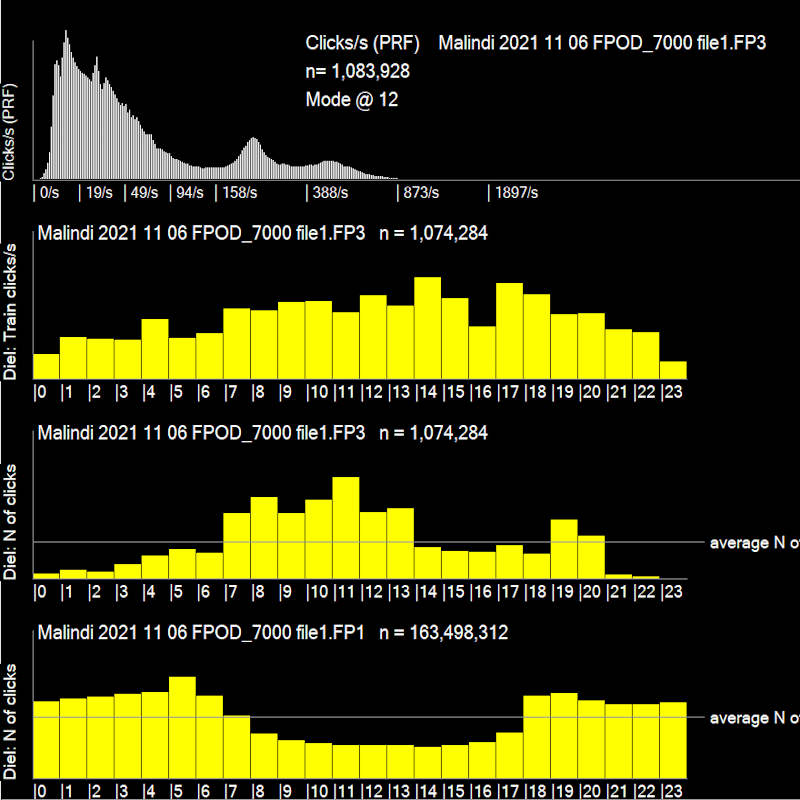
Data from Malinidi, Kenya, provided by Michael Mwang’ombe of Kenya Marine Mammal Research & Conservation. Some unusual features here!
Chelonia offers free qualitative assessment of any data submitted to us.
Species & Behaviour
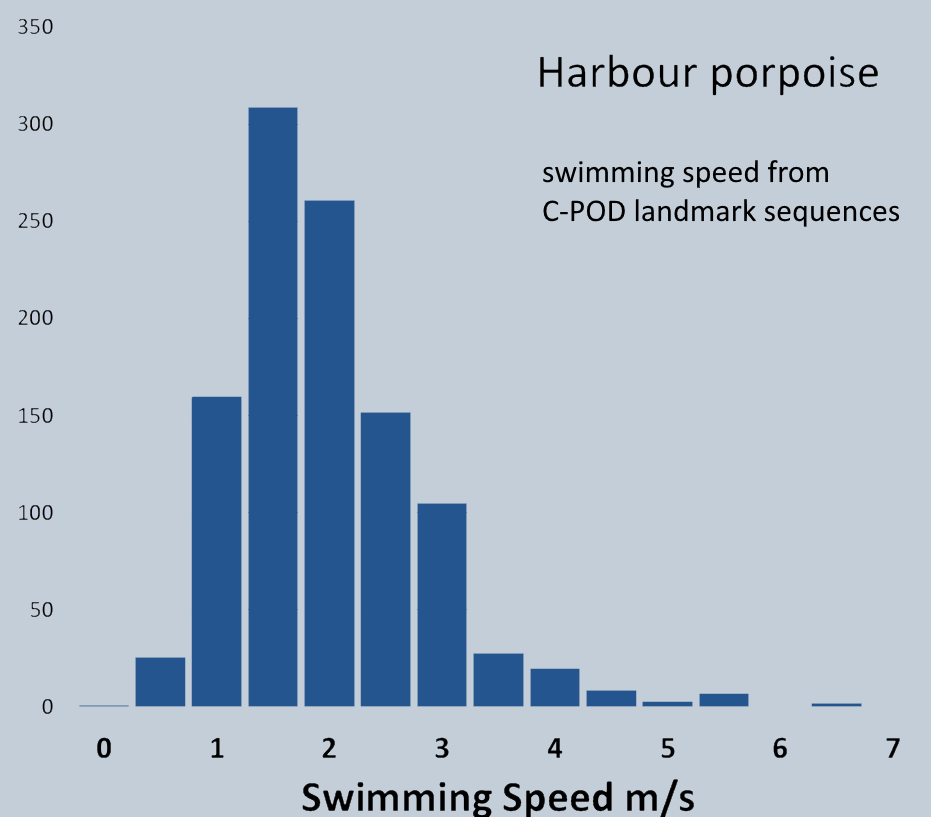
Behaviour, in the form of the distribution of click rates and the structure of click trains, can contribute to the identification of species.
The huge volumes of accurate click rate data delivered by F-PODs are a new resource for these challenges.
Discoveries
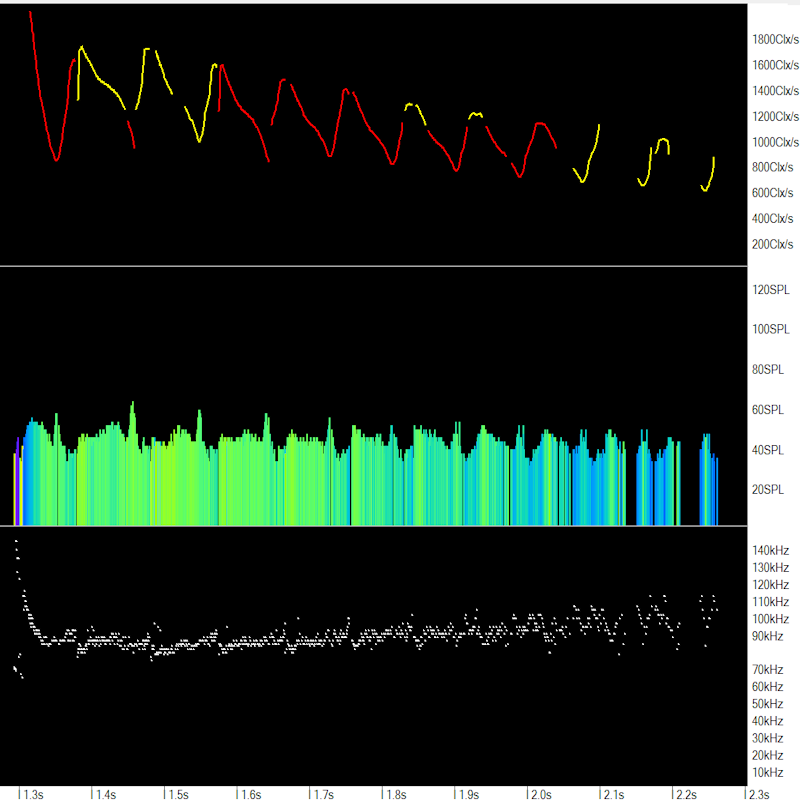
These remarkable click trains come from many sources / species but we cannot name a single one!
They are called WUTS = weak unknown train sources, and this was recored by Barbara Merchant and colleagues in the NE Pacific.
Research questions
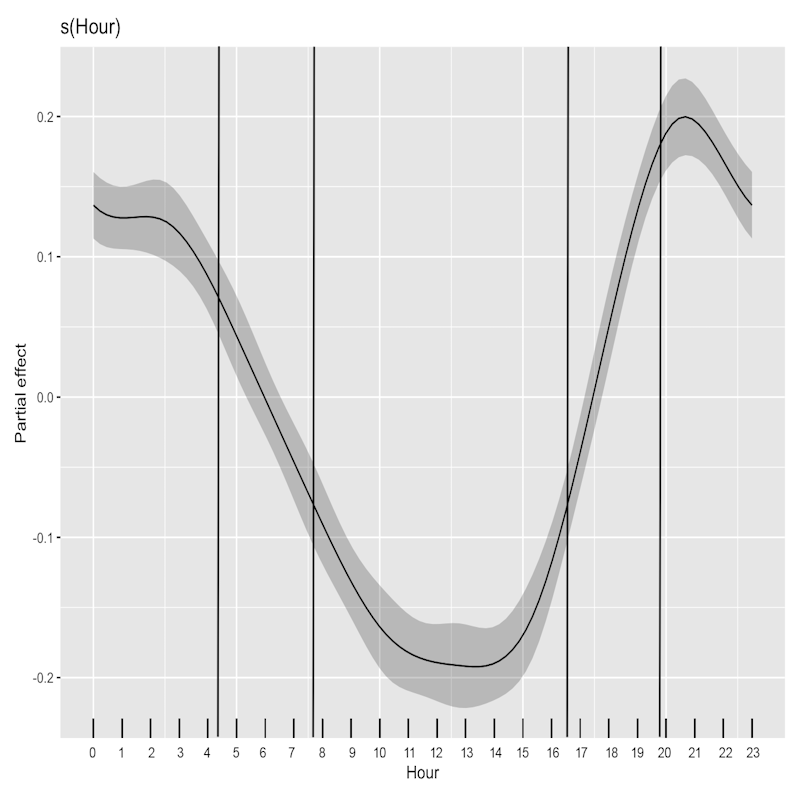
New types of instrument / sensor open new research possibilities.
Here, as part of her PhD, Julia Ivanchikova has taken F-POD data collected with colleagues from the BlackCeTrends project and shown how porpoise behaviour is related to the movements of pelagic fish species.
Classifier bias
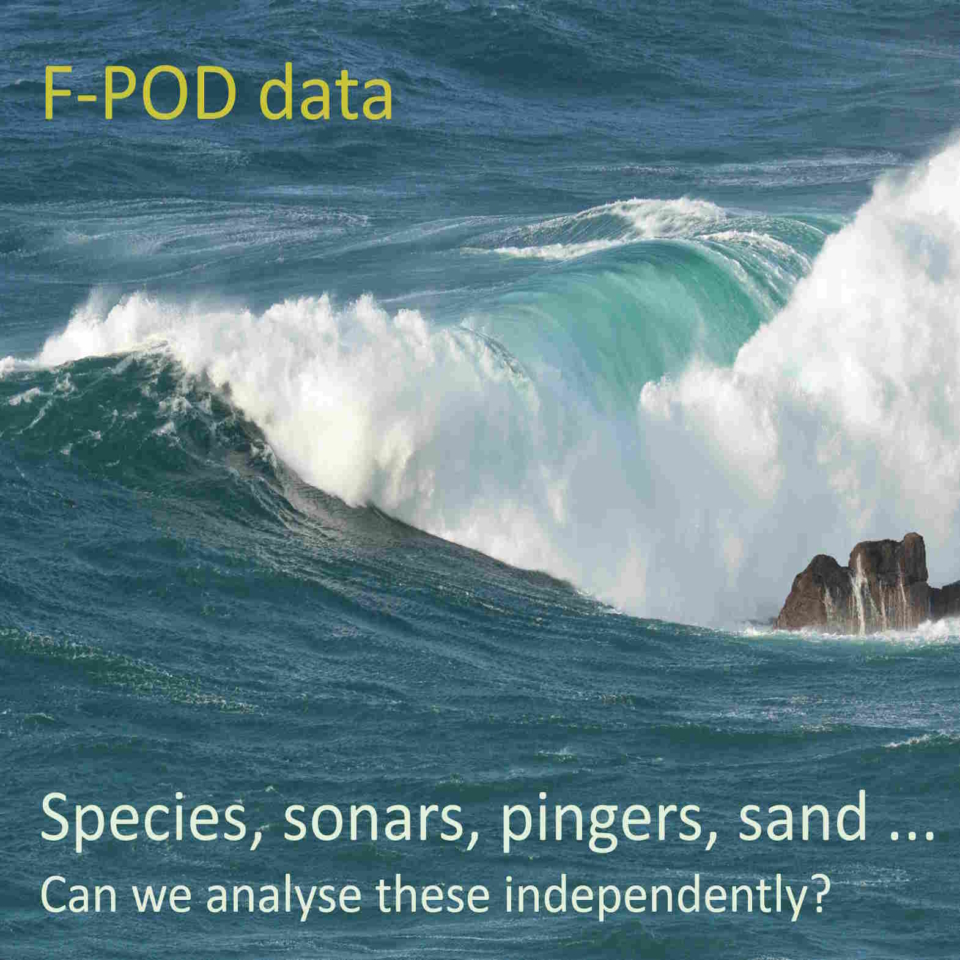
The independence of classification of categories that have overlapping characteristics has caused confusion in some recent publications.
A short summary is that truly independent classifiers are dangerously error prone. A longer discussion is here...
Advanced access to support research
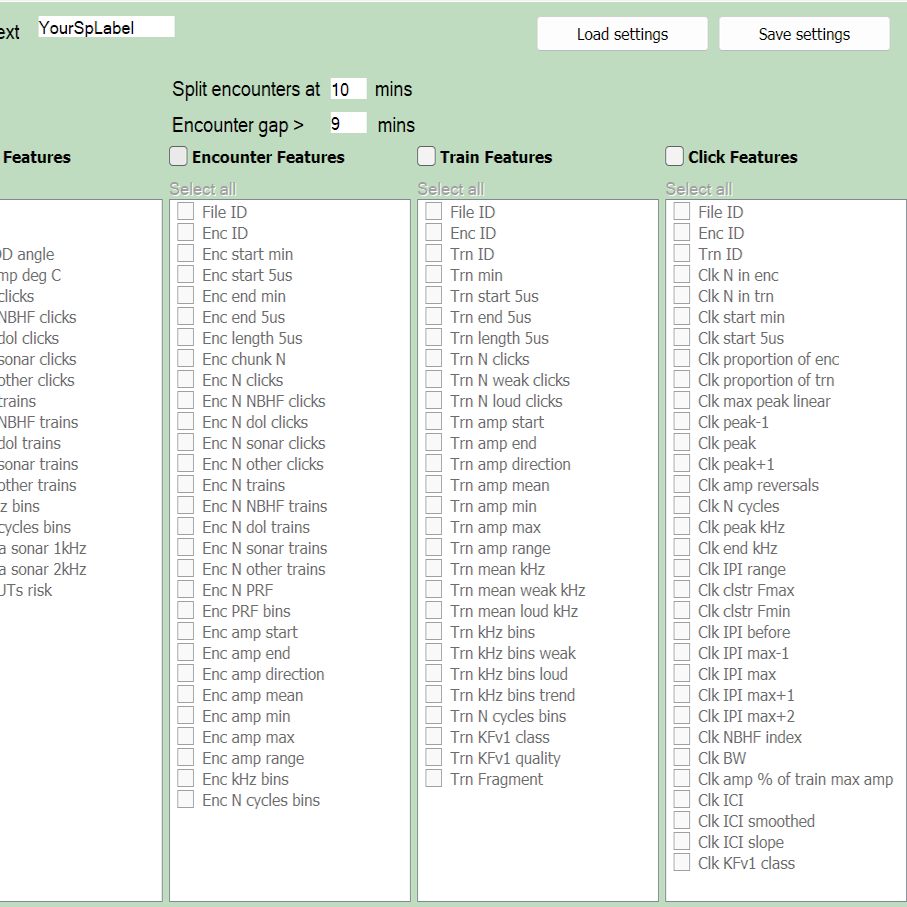
The F-POD app includes an interface for users to access the derivatives elaborated within the KERNO-F classification process. These greatly enhance the performance of ML/AI classifiers.
In combination with the position-in-beam information provided by the position-in-train of a click, and the distance-from-hydrophone information provided by the position-in-encounter these improve the prospects for species discrimination using clicks.
Trend estimation
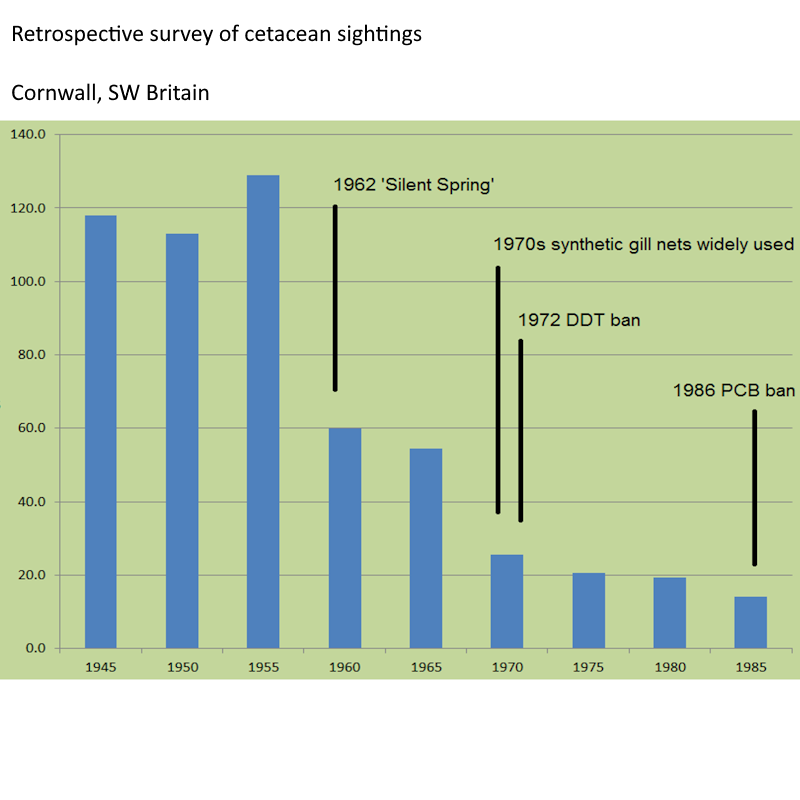
The graph shown here is derived from this paper.
It is remarakable how slow the scientific community was to recognise what was happening, but now a recovery is under way as a result of control of persistent organo-chlorines.
The Paired Year Ratio Assessment method provides a robust method for analysing trends in the kind of data that PODs provide.
Unknowns
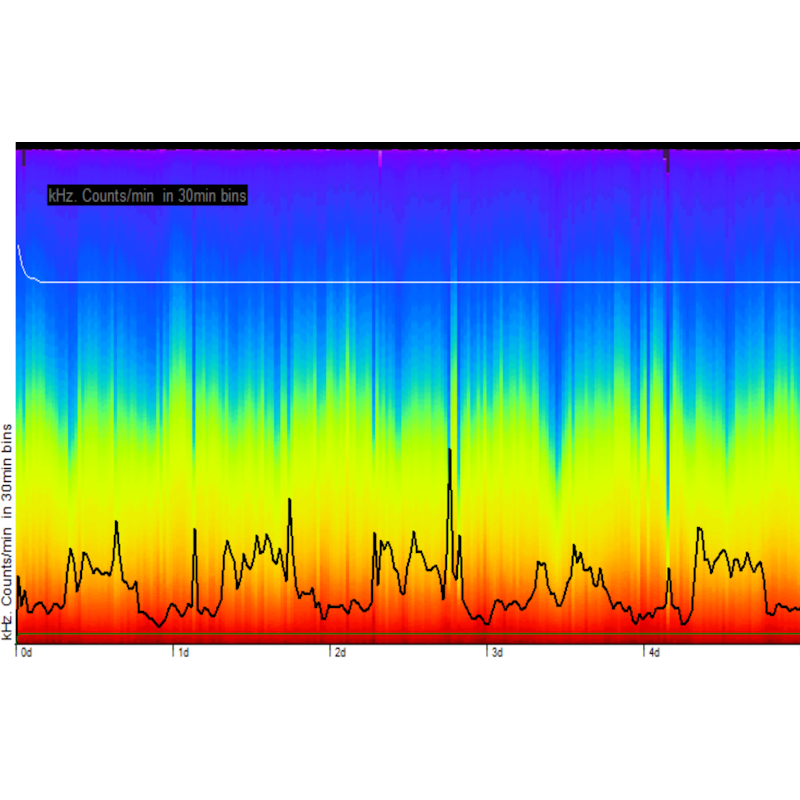
This kind of repeated diel pattern of clicks is known as 'chorusing', but we have very little confidence about what is going on here!